Timbuktu
Timbuktu ( TIM-buk-TOO; French: Tombouctou; Koyra Chiini: Tumbutu; Tuareg: ⵜⵀⵗⵜ, romanized: Tin Buqt) is an ancient city in Mali, situated 20 kilometres (12 miles) north of the Niger River. The town is the capital of the Tombouctou Region, one of the eight administrative regions of Mali, having a population of 54,453 in the 2009 census.
Timbuktu began as a seasonal settlement and became a permanent settlement early in the 12th century. After a shift in trading routes, particularly after the visit by Mansa Musa around 1325, Timbuktu flourished from the trade in salt, gold, ivory and slaves. It gradually expanded as an important Islamic city on the Sahara...Read more
Timbuktu ( TIM-buk-TOO; French: Tombouctou; Koyra Chiini: Tumbutu; Tuareg: ⵜⵀⵗⵜ, romanized: Tin Buqt) is an ancient city in Mali, situated 20 kilometres (12 miles) north of the Niger River. The town is the capital of the Tombouctou Region, one of the eight administrative regions of Mali, having a population of 54,453 in the 2009 census.
Timbuktu began as a seasonal settlement and became a permanent settlement early in the 12th century. After a shift in trading routes, particularly after the visit by Mansa Musa around 1325, Timbuktu flourished from the trade in salt, gold, ivory and slaves. It gradually expanded as an important Islamic city on the Saharan trade route and attracted many scholars and traders before it became part of the Mali Empire early in the 14th century. In the first half of the 15th century, the Tuareg people took control of the city for a short period until the expanding Songhai Empire absorbed the city in 1468.
A Moroccan army defeated the Songhai in 1591 and made Timbuktu, rather than Gao, their capital. The invaders established a new ruling class, the Arma, who after 1612 became virtually independent of Morocco. The golden age of the city as a major learning and cultural centre of the Mali Empire was followed by a long period of decline. Different tribes governed until the French took over Mali in 1893, in a regime that lasted until the country became the Republic of Mali in 1960. Timbuktu is impoverished and suffers from desertification.
In its golden age, the town's numerous Islamic scholars and extensive trading network supported an important book trade. Together with the campuses of the Sankore Madrasah, an Islamic university, this established Timbuktu as a scholarly centre in Africa. Several notable historic writers, such as Shabeni and Leo Africanus, wrote about the city. These stories fuelled speculation in Europe, where the city's reputation shifted from being extremely rich to being mysterious.
Timbuktu has become a household reference as a faraway, mysterious place, but the city itself was once a world-renowned trade powerhouse, as well as an academic hotspot of the medieval world. Timbuktu is unique in the fact that it has seen many rulers, but the city reached its golden period under the Mali Empire in the 13th and 14th centuries. Distinguished Malian Mansa Mūsā brought great fame to the city of Timbuktu when he established a university of Islamic learning there. The university taught much more than Islamic studies, though, including topics of history, rhetoric, law, science, and, most notably, medicine. Mansa Mūsā also introduced Timbuktu, and the Mali Empire in general, to the rest of the Medieval world through his Hajj, as his time in Mecca would soon inspire Arab travelers to visit North Africa. Europeans, however, would not reach the city until much later, due to the difficult and lengthy journey, thus garnering the city an aura of mystery.
Timbuktu primarily gained its wealth from local gold and salt mining, in addition to the trans-Saharan slave trade. Gold was a highly valued commodity in the Mediterranean region and salt was most popular south of the city, though arguably the biggest asset Timbuktu had was its location. The city is situated nine miles from the Niger River, making for good agricultural land, and is near the Sahara Desert, providing easily accessible trade routes. Timbuktu also acts as a midpoint between the regions of North, West, and Central Africa. Because of this, Timbuktu has developed into a cultural mixing pot.
The Mali Empire reached a steady decline in the mid-1400s, giving rise to the Songhai Empire. However, the city of Timbuktu entered a brief period of rule under the Tuaregs before it fell to the Songhai people. Despite major shifts in power, Timbuktu generally flourished until the Moroccans invaded the Songhai Empire in 1590 and began to occupy Timbuktu in 1591, after the Battle of Tondibi. In 1593, most of the university faculty was executed or exiled for disloyalty to the new rulers and this, along with a decline in trade as a result of increased competition from newly available trans-Atlantic sailing routes, caused the city to lose its relevance. It was not until the 1890s that Timbuktu was formally incorporated into the French colony of Mali, and, in 1960, was declared part of the independent nation of Mali.
Today, the population of Timbuktu has substantially decreased since its estimated peak of 250,000 people in the Medieval period. The city has suffered from mass amounts of poverty for several years now, relying on government funding as a means of survival. [1][2][3]
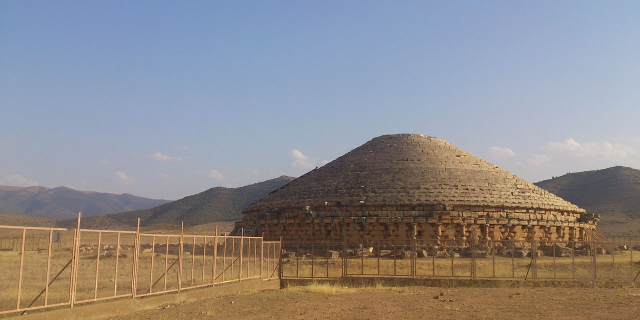

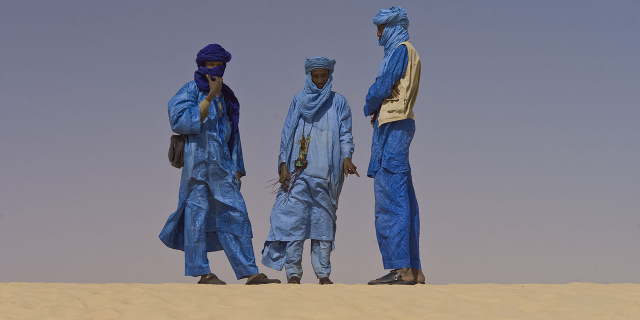

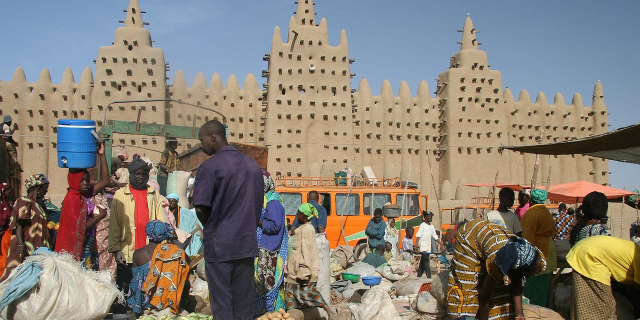
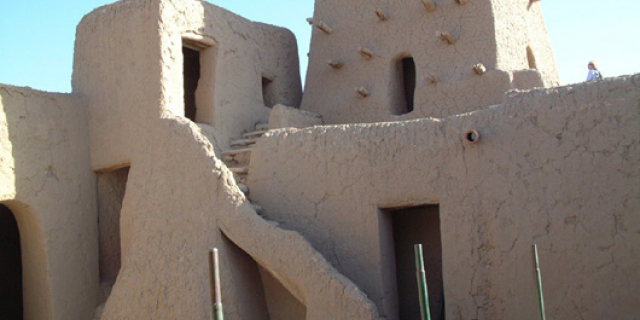






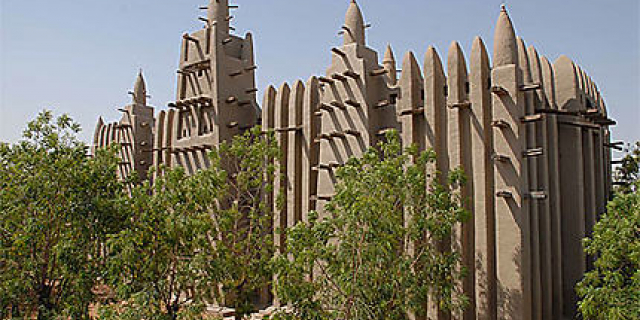
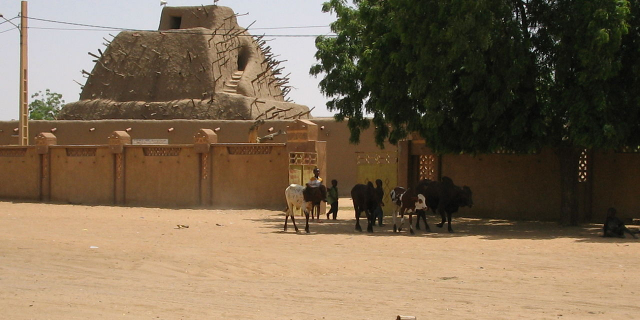
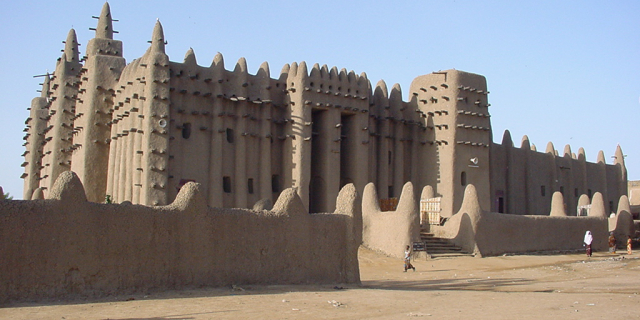



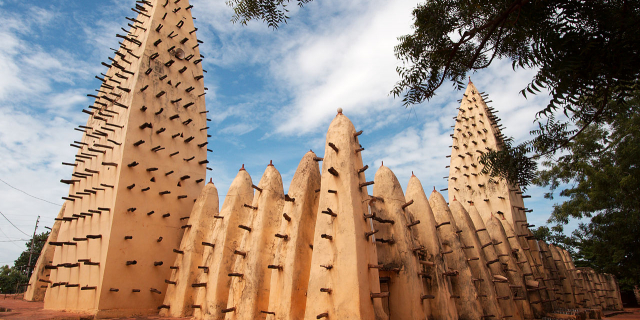
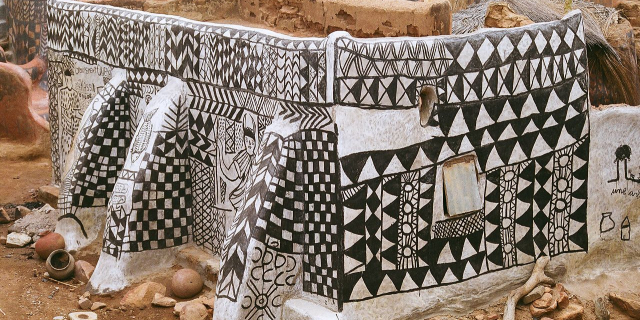



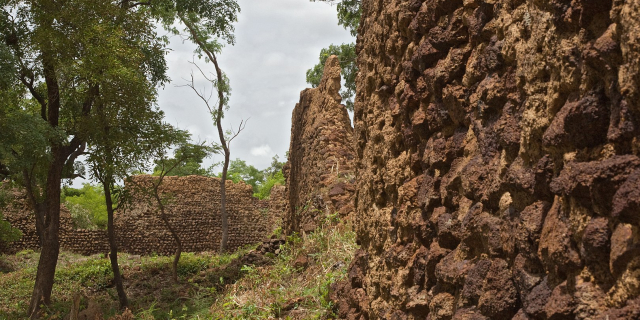
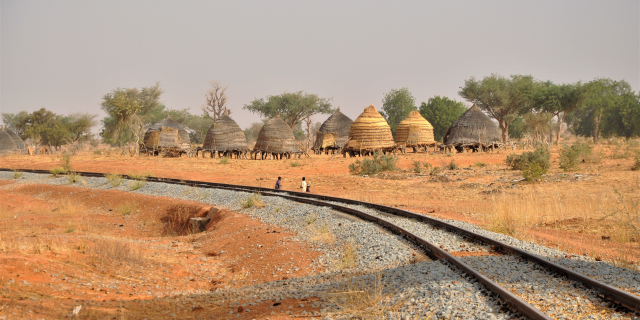
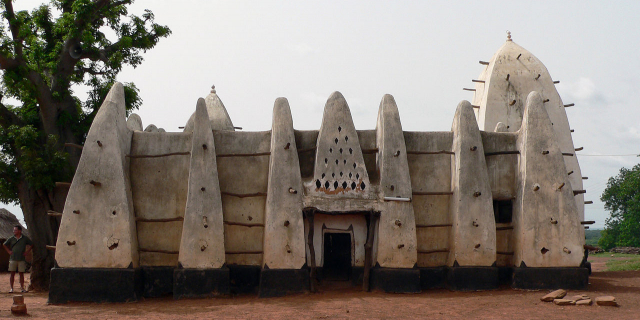
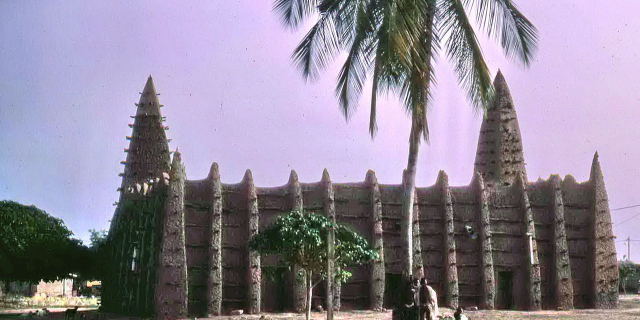
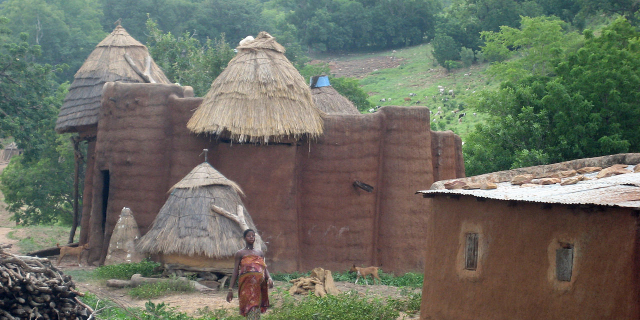

Add new comment